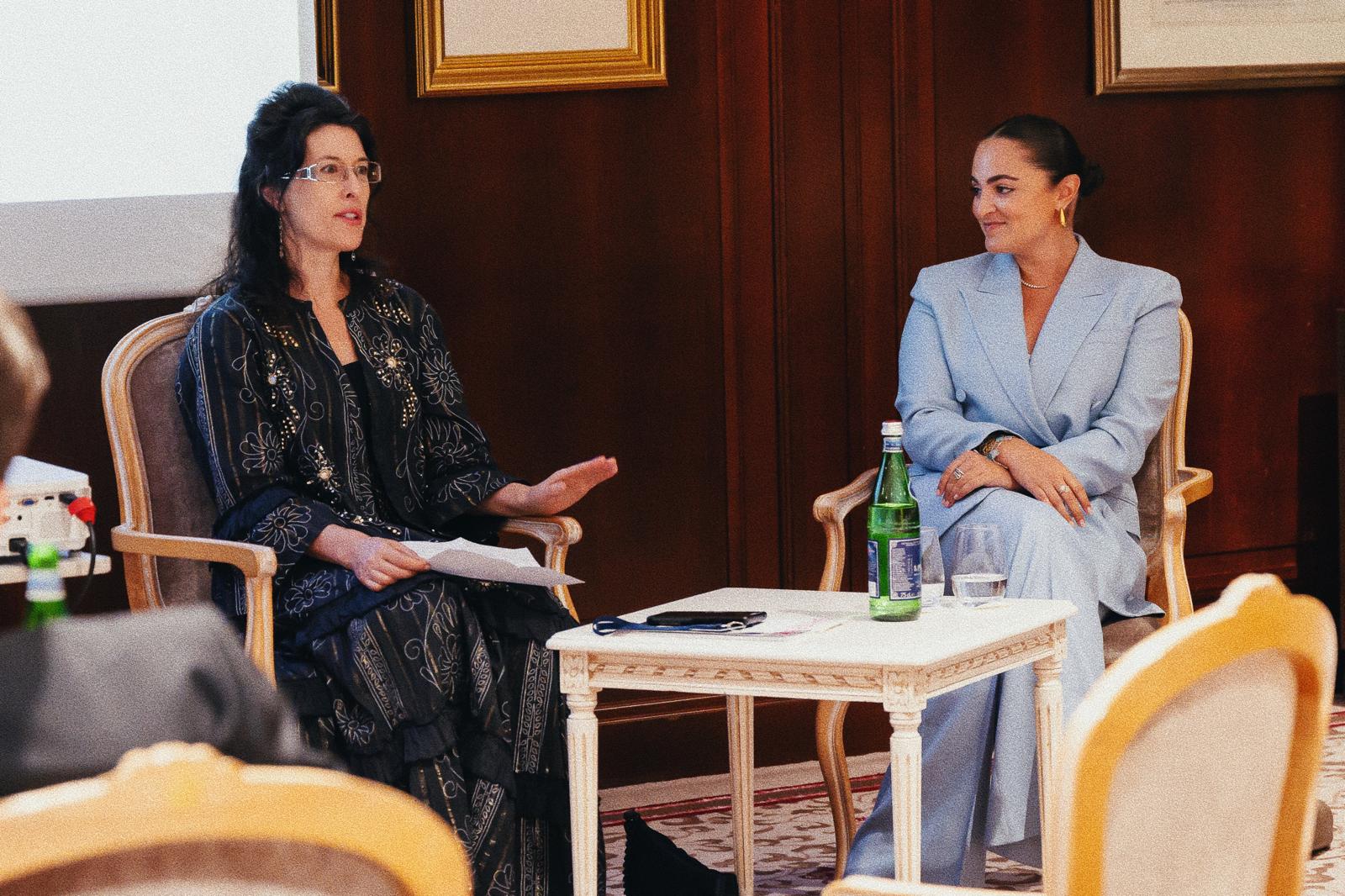Art Market in Flux: How and Why the Way People Buying Art is Changing
April 4, 2016

Conditions in the art market over the first few months of 2016 have indicated an industry in something of a state of flux. Whilst a welcome dose of froth appears to have been removed from the market, significant personnel upheavals at the auction houses, a reduction in the use of guarantees and tougher art fair conditions also seem to be impacting the general trading landscape. But the art world has a habit of talking only about itself, and we think there is an equally significant consumer trend afoot that may actually impact the industry more fundamentally in the longer term.
We believe this trend has its roots in the broader democratization of information that has occurred across all industries in the past decade, which has resulted in a general maturing of the consumer at the point of purchase From buying a car, to buying insurance, the internet has rendered available what previously was not: information. Industries of all shapes and sizes have undergone the most major of revolutions, with the way business being done radically rethought and recalibrated in light of the elevated expectations of this new breed of consumer. Except, that is, perhaps for the most opaque industry of all, the art industry, whose myriad complexities have historically fomented a preference for secrecy, opacity and clandestine dealings, and whose practices have therefore remained mostly impenetrable in spite of the progressions of the information age.
But as time has progressed however, buoyed by the lessons of openness and transparency from other industries, the more enlightened consumer has rightly begun to demand more in their dealings with our arcane industry. And whilst the art world has continued to operate according to many of its old school practices, and put up a fine resistance too, the more archaic among them have not withstood rightful scrutiny. How is it, buyers have begun to ask that dealers and auction houses can advise me on what to buy, when they themselves are incentivised to achieve the highest price? How can they advise me on what pieces to sell, when they are incentivized to handle the sale of the highest value works? And why are the margins these middlemen are making so excessive?
At Beaumont Nathan, we believe the market is only just beginning to wake up to the overdue demands of this new breed of consumer, and as such, we are on the brink of witnessing a radical change to the accepted way of doing business. With the essentially conflicted nature of the marketplace better understood, as well as the many potential pitfalls of doing business in such an environment, we believe consumer habits are adapting to suit. Part of the answer no doubt involves the exercise of greater levels of vigilance and caution by collectors whatever their level of experience, but so too is the emergence of trusted body of independent, professionalized third-parties who enable consumers to navigate these murky waters with more confidence. There is an irony that in perhaps the most opaque and unregulated market of all, that the maturity of the advisory sector is at its weakest, and organisations like ours are explicitly aiming to right this wrong.

